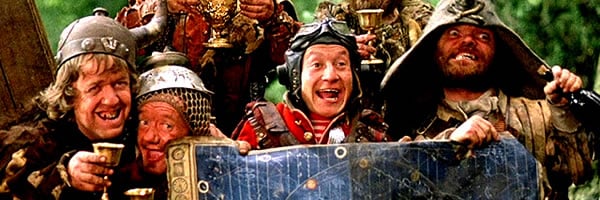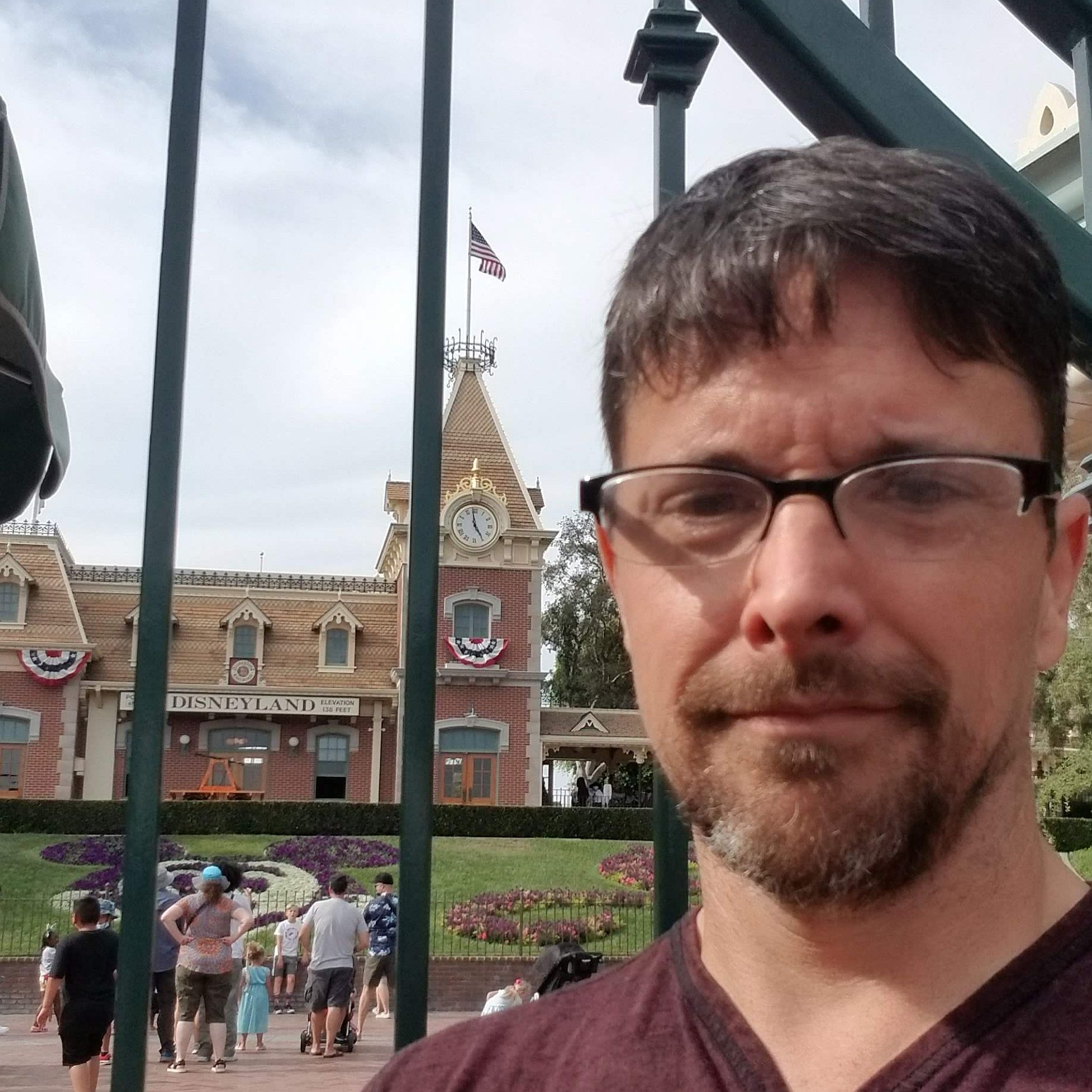The 3 Unexpected Movies That Helped ILM Make Warcraft

Movie making is a continuous process. Everybody learns from the work that came before them in order to make their own work more successful. Even a digital effects studio like Industrial Light & Magic, which sits at the forefront of technology, can look back at previous films and build on their past work in order to make their new projects that much better. Such was the case with next month’s Warcraft. ILM was tasked with creating the orcs for the film, and in order to do so, they needed an education in various aspects of how the creatures would look. Three of the films that aided them, however, would not normally be classed together.
The AvengersTime BanditsMonsters Inc
I got to spend a day at Industrial Light & Magic earlier this month, where I learned a great deal about the work that ILM did to make the orcs - who make up half of Warcraft - as relatable as the humans. VFX Supervisor Jason Smith mentioned these three films by name as some of those that had a hand in helping ILM with this task. Here's how:

When paired with the other two movies on the list, The Avengers may look as unusual as the rest, but things probably make more sense when you learn that Jason Smith, VFX Supervisor on Warcraft, also worked on The Hulk in the first Avengers film. ILM did a lot of work with the giant green monster to make sure that his muscles and bones moved realistically under his skin, essentially as a person’s would, if they were that size. Much of this was taken, and then "leveled up" in Smith’s words, to make the orcs even better.

What in the name of all that’s rational does a 1981 Terry Gilliam fever dream on film have to do with orcs in a 2016 video game movie? Simply put, it all has to do with tusks. Many of the orcs have large tusks in their mouths in the movie, as it’s been a part of their design that was created by Blizzard from the beginning. But how does a mouth that is essentially human look when its full of tusks and saying words? I have no idea, because I don’t have tusks. However, Winston the Ogre from Time Bandits does. By watching him, they could get a real idea of how their digital orcs’ mouths would need to move around the giant tusks while forming words. They looked at several other movies as well, but the fact that they went this far back shows dedication to getting it right.

Seeing how the human mouth moves with tusks in it is one thing, but the majority of the actors doing the motion-capture work didn’t actually wear any sort of prosthesis, so the tusks were all added digitally after the fact. This meant that many of the necessary mouth movements would need to be modified in the computer. For this, the ILM guys went across the bay to Emeryville, CA to borrow a cup of software from Pixar. Pixar lent them some tech which they had designed for Sully in Monsters Inc., in order to get his mouth to do the same thing. ILM was then able to adapt this in order to help translate the motion capture mouth data into what it needed to look like on the fully realized orc. Teamwork!
While we fully expect one CGI heavy movie to influence another, the evolution of the technology does not start, or stop, there. We’ll see just how far Warcraft has taken the art of movie making when it hits theaters June 10th.
Your Daily Blend of Entertainment News

CinemaBlend’s resident theme park junkie and amateur Disney historian, Dirk began writing for CinemaBlend as a freelancer in 2015 before joining the site full-time in 2018. He has previously held positions as a Staff Writer and Games Editor, but has more recently transformed his true passion into his job as the head of the site's Theme Park section. He has previously done freelance work for various gaming and technology sites. Prior to starting his second career as a writer he worked for 12 years in sales for various companies within the consumer electronics industry. He has a degree in political science from the University of California, Davis. Is an armchair Imagineer, Epcot Stan, Future Club 33 Member.
